
Dental Bone Grafts
In Boston, MA
Dental bone grafting is a common procedure to rebuild bone in areas where it has been lost or weakened—often due to tooth loss, gum disease, or injury. If you’re considering dental implants but don’t have enough bone to support them, a bone graft can help create a strong, stable foundation. This treatment not only makes implants possible but also helps preserve your natural facial structure and prevent further bone deterioration.
WHY CHOOSE US
- Award winning-dentists
- In practice for over 50 years
- 3 convenient locations
We are all committed to excellence and exceeding the expectations of our patients.
We are a group of award-winning dentists that covers a full range of specialties.


JOIN our
Dental Partners of Boston
Prevention Program
It’s a benefit you can’t
afford to miss.
No Deductibles
| No Yearly Maximums
| No Waiting Periods
We are a group of award-winning dentists who cover a full range of specialties.


Bone Grafts In Preparation For Dental Implants
One of the more unknown side effects of tooth extraction is that the bone almost immediately begins to shrink where it once supported a tooth. For example, after extraction in the top jaw bone, a shrinking of 25% can occur within the first 3 months.
Modern best practices for a tooth extraction, when an implant is planned, involve placing a graft in the cavity to minimize bone loss. A graft can reduce bone loss from 25% to 8% so a periodontist can place a dental implant. When significant bone loss occurs due to tooth extraction, patients may be unable to receive dental implants unless the existing bone is fortified and built up.
What Is the Process of a Dental Bone Graft?
The exact steps will depend on your unique needs, but in most cases, the procedure begins with gently lifting the gum tissue to access and clean the area beneath. Once the site is free of any infection or debris, we prepare it for the graft and carefully place the bone material where it’s needed. To encourage faster and more complete healing, we may also incorporate advanced biologically active gels and growth factors, which help stimulate natural bone regeneration and improve long-term results.


A Bone Graft and Dental Implants Can Transform Your Smile and Your Life
If you would like to transform your smile with dental implants, schedule a consultation today!
Different Kinds Of Dental Bone Grafts
Bone grafting is highly effective, and there is an ever-evolving variety of bone-building techniques depending on the location and the severity of bone loss. Grafting methods may include: Particulate Grafts, Block Grafts, and Sinus Lift Procedures.
Particulate Grafts
Particulate grafts use small granules of bone material to rebuild and strengthen areas where bone density has been lost. This type of graft is often placed directly into the tooth socket after an extraction or into a small defect in preparation for a dental implant. The granules are gently packed into the site, sometimes covered with a protective membrane, and allowed to heal over several months. As the body heals, it replaces the graft with natural bone, creating a strong foundation for future restorations.
Block Grafts
Block grafts involve securing a solid section of bone, typically harvested from another part of the patient’s jaw or sourced from a donor, to an area where bone loss is too extensive for smaller graft materials. The bone block is shaped to fit the deficient area and fixed in place with small screws. This procedure is commonly recommended after severe bone resorption, jaw injury, or long-term tooth loss. Healing generally takes several months, during which the graft integrates with the surrounding bone, creating the volume and stability needed for implants.
Sinus Lift Procedures
A sinus lift is a specialized bone graft performed in the upper jaw to increase bone height beneath the sinus cavity. This is necessary when the bone in the upper back jaw is too thin to support implants, often due to natural anatomy or bone loss after tooth extraction. The procedure involves making a small opening in the bone, gently raising the sinus membrane, and placing dental bone graft material in the space created. Over the healing period, the graft becomes part of the patient’s jawbone, providing a secure anchor point for dental implants in the molar or premolar area.
Schedule Your Dental Bone Grafting Consultation Today
If you’re considering dental implants or have been told you’ve experienced bone loss, a dental bone graft may be the first step toward restoring your smile. We’re here to answer all your questions, explain your options, and design a treatment plan tailored to your needs.
Request an appointment to schedule your consultation and take the first step toward a stronger, healthier foundation for your teeth.
Schedule Appointment


Procedure Doctors


Read Our Reviews
Our Locations
Prudential Center
800 Boylston St., 2nd Floor
Boston, MA 02199
Charles River
50 Staniford Street #303
Boston, MA 02114
Fort Point
46 Farnsworth Street
Boston, MA 02210










